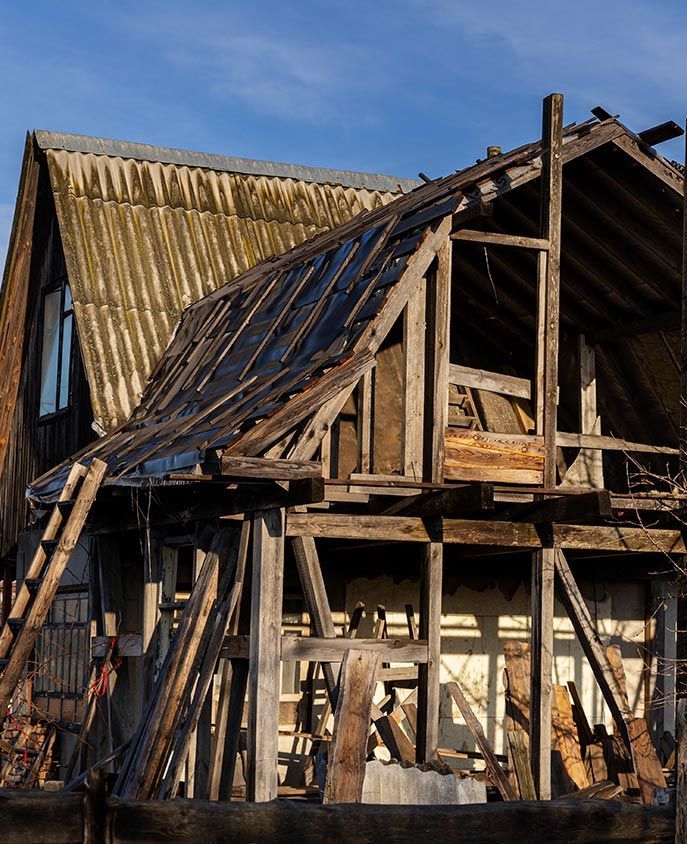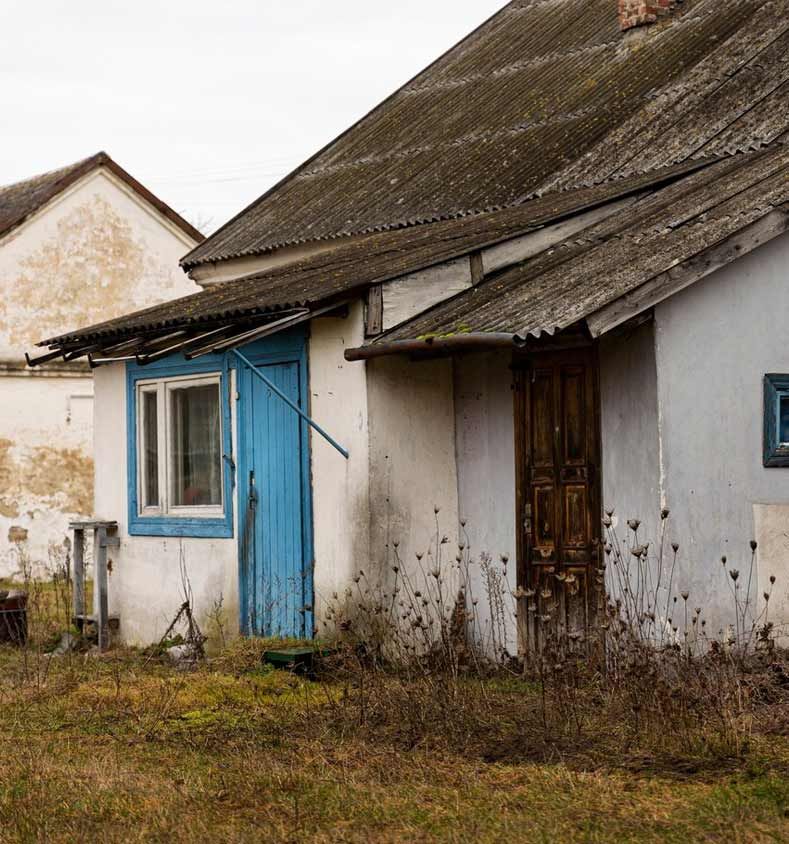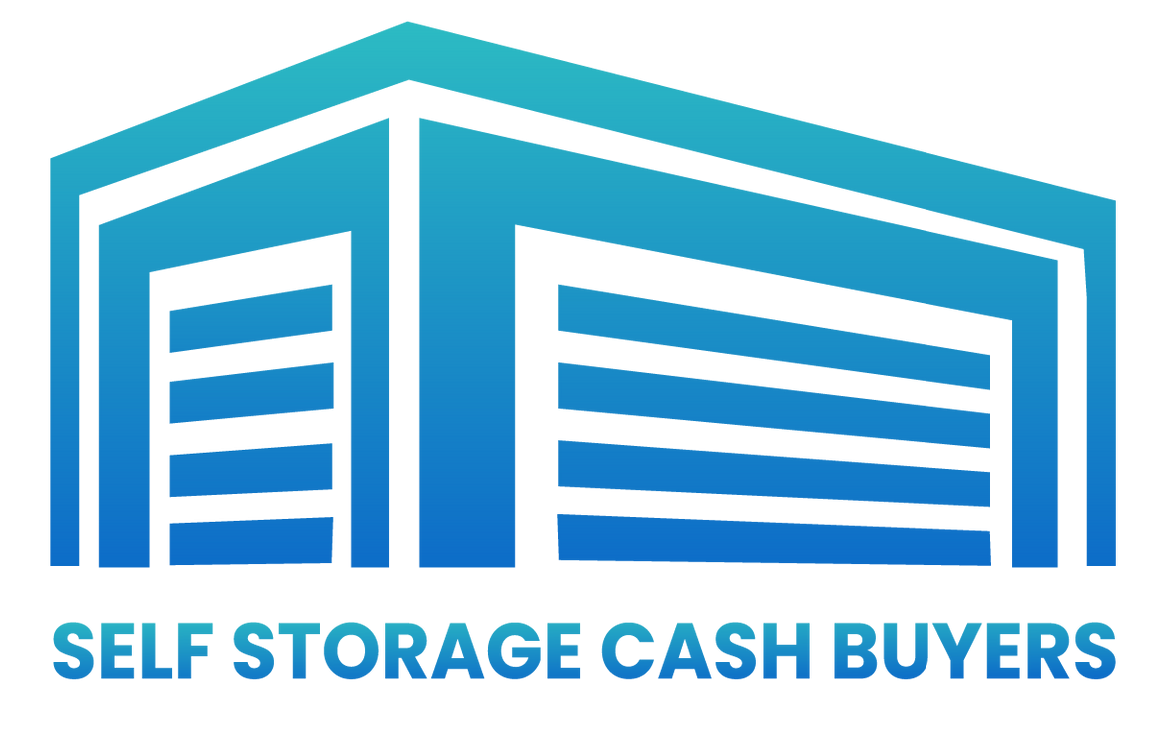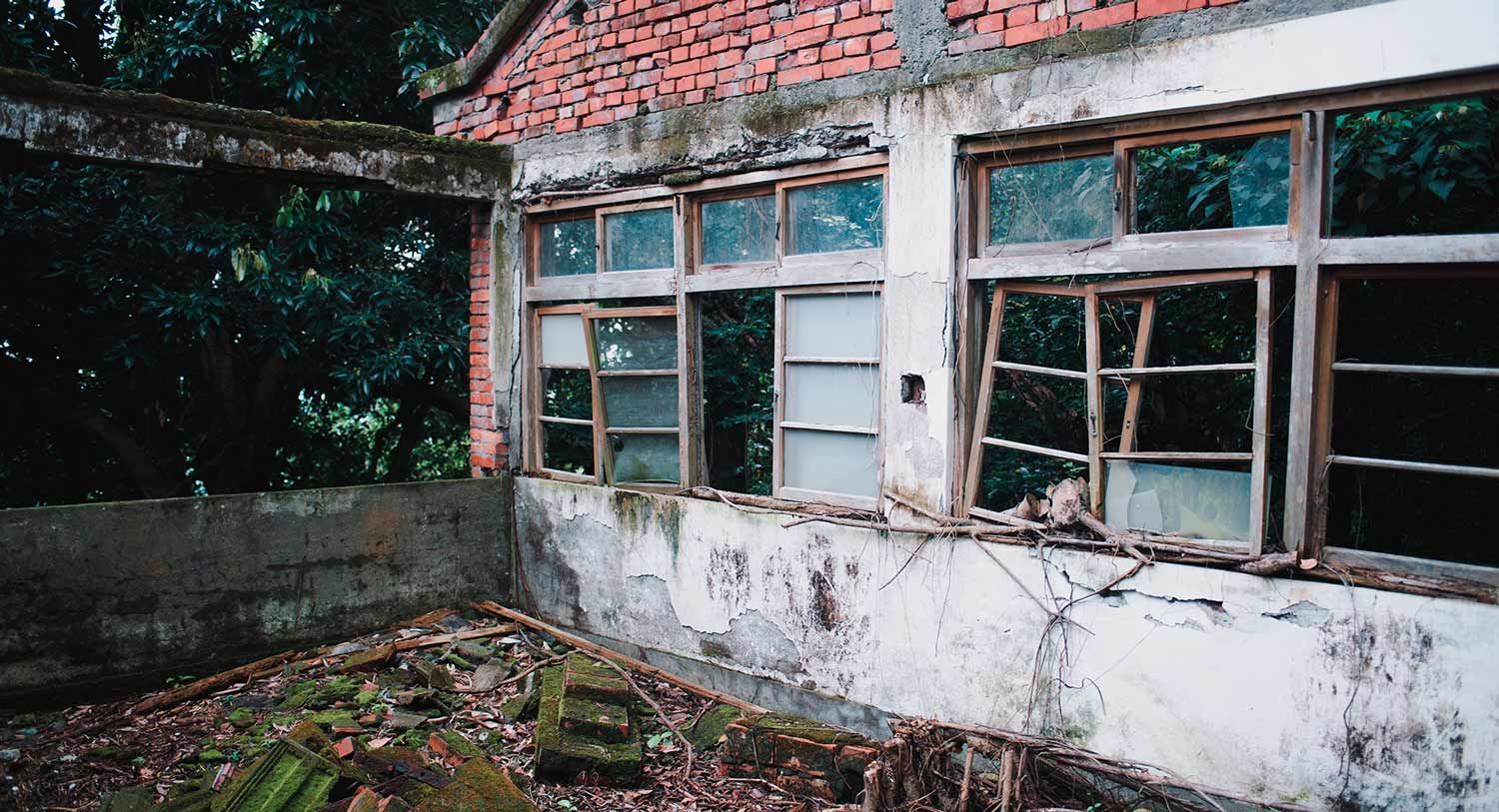Storage Lockers vs. Storage Units - Which Is Better?
Published on December 15, 2023
Nick Stevens
AUTHOR
Free Offer Form
The primary factor that sets self-storage lockers apart from self-storage units is size. Storage lockers are roughly 20 square feet, while self-storage units can reach 300 square feet.
Self-storage units always offer walk-in access, regardless of their size. In contrast, storage lockers resemble secure cabinets, often arranged above, below, or next to lockers rented by other customers.
Both storage lockers and storage units provide secure storage space for various belongings. But which one suits you better?
This article will compare self-storage lockers and self-storage units—from their definitions, purposes, differences, pros and cons, and more.
Storage Lockers vs. Storage Units: A Comprehensive Comparison
Self-storage facilities have gained immense market popularity for addressing various storage needs, whether short-term or long-term.
Additionally, these storage facilities offer a secure space for individuals and businesses seeking extra space for items they cannot accommodate in their homes or offices.
As demand for them has grown, storage facilities have become more widespread and quickly expanded as an industry.
This comprehensive comparison outlines the key differences in amenities, benefits, and drawbacks both self-storage facilities offer.
Definition and Purpose of Storage Lockers
Storage lockers are typically used to store small items. For example, luggage, small boxes, documents, seasonal goods, and sports equipment.
You can usually find storage lockers as freestanding structures, like cabinets, attached to either a wall or the floor.
They are often arranged in rows, stacked on each other, or placed side by side within indoor storage facilities.
As the name suggests, indoor storage lockers are compact storage spaces typically made of metal or aluminum with lockable doors.
While storage lockers provide secure storage for a wide range of small belongings, they can also accommodate larger items if disassembled.
The key advantage of indoor storage lockers is their ability to offer a safe and accessible storage solution for individuals or businesses with modest storage needs.
A storage locker may not always offer climate control like a self-storage unit, but it usually has ventilation holes to take advantage of air conditioning.
Definition and Purpose of Storage Units
If storage lockers are like cabinets, self-storage units are like walk-in closets. They're like an extra home garage, only it needs renting.
Self-storage units are larger, enclosed spaces rented out to individuals or businesses for storing various items.
Self-storage units are typically metal or concrete and have a roll-up or swinging door.
You can typically find a self-storage unit in indoor storage facilities, but they're also found in warehouses and industrial parks in most cities.
Although they are generally used for storing business inventory, equipment, and records, various storage unit types can also store furniture, electronics, clothes, and vehicles like boats, ATVs, or cars.
In simpler words, everything you can store inside a storage locker, you can also stow in a storage unit—only you have to pay more.
It's also worth noting that storage units are often designed to hold more belongings.
Key Differences Between Storage Lockers and Storage Units
A storage locker and a storage unit are both secure options, but they generally differ in size, features, and cost of rent.
Storage lockers are smaller and more affordable than storage units. They are like secure cabinets, suitable for storing smaller items indoors, and may not have climate control or drive-up access.
They are ideal for your short-term storage needs.
Storage units are larger and more expensive than storage lockers. They are walk-in spaces that accommodate larger items, including furniture and vehicles.
They have specific features that make them ideal for long-term storage needs.
In the next sections, we'll look closer into these storage solutions.
Storage Lockers: A Closer Look
Before directly comparing the different features between a self-storage locker and a self-storage unit, let's first get familiar with storage lockers.
We'll explore their size, typical uses, and the advantages and disadvantages they come with.
Sizes and Dimensions of Storage Lockers
Storage lockers are like compact storage spaces, and their sizes can vary. You might've noticed them in schools, gyms, offices, and transportation hubs.
Here's how they commonly measure.
- Depth: Standard lockers are about 18 inches or 46 centimeters deep.
- Height: Locker height depends on how many levels or tiers they have. For instance, a single-tier locker is 6 feet tall (about 183 cm). Two-tier lockers have two compartments, each about 3 feet high, and so on.
- Width: Most lockers are 12 inches wide, around 30 centimeters, but some newer ones are wider at about 15 inches or approximately 38 centimeters.
Like different storage unit sizes, these variations in locker sizes make them a good fit for various storage needs and places. They're also more space-efficient for storage facilities.
Common Uses of Storage Lockers
Storage lockers provide just the right amount of space for customers who don't need a full storage unit. They're handy for college students and those living between two places.
Storage lockers are commonly used to store small valuable items, like the following.
- Personal Belongings: Storage lockers are perfect for keeping personal items like clothing, shoes, bags, and art supplies organized and protected.
- Documents and Files: Important papers and files can be safely stored in an indoor storage locker, which helps both students and professionals by preventing loss or damage.
- Sports Equipment: Sports equipment, including rackets, clubs, balls, and gym bags, can be kept in good condition by putting them in an indoor storage locker.
- Seasonal Items: Lockers are great for seasonal items, including winter jackets, boxes full of Christmas decorations, and accessories.
Pros and Cons of Storage Lockers
Storage lockers help tidy up your room, especially during school breaks, and are helpful for storing things you don't use often. However, sometimes, a locker's storage space may not be enough.
Here are some pros and cons if you're an owner who's deciding between storage lockers and units.
PROS
- Affordable: Storage lockers are more affordable than other storage options. You won't need to rent a moving truck to move your things from one location to another.
- Accessibility: Storage lockers tend to be mostly located in convenient locations, like college campuses, apartment buildings, and office buildings.
- Security: Storage lockers tend to be located in protected buildings, like storage facilities or buildings with security cameras, for example.
CONS
- Limited Space: Getting a storage locker is not ideal for larger boxes or extensive collections.
- Limited Versatility: A locker is not suitable for storing items that must be kept in a climate-controlled environment. They are less versatile than a storage unit facility.
- Limited Features: Another difference is that storage lockers usually lack drive-up access and climate control.
Storage Units: A Closer Look
Self-storage unit sizes tend to be bigger and more spacious than storage lockers on average.
Moreover, most storage units usually prohibit perishable foods, hazardous materials, plants, weapons, and other items, as this enclosed space caters to long-term storage facility needs.
In addition to understanding the features of a storage locker, here's everything you need to know about a typical self-storage unit.
Sizes and Dimensions of Storage Units
Self-storage units come in various sizes, typically starting at 50 square feet. However, the options are vast due to different storage companies' amenities and facility layouts.
Nonetheless, some common self-storage unit facility sizes fit within these ranges.
- Small Units: They're like small closets, roughly 5'x10' in size, perfect for storing items like boxes, small house furniture, or seasonal valuables.
- Medium Units: Similar to a standard bedroom, these self-storage facilities offer unit sizes from 10'x10' to 10'x15', making them a great option for the contents of a one or two-bedroom apartment.
- Large Units: These 10'x20' or larger unit sizes can hold the contents of a small house, vehicle, or business inventory, offering a garage-like storage solution for their owners.
Common Uses of Storage Units
A storage unit offers a safe, climate-controlled setting to safeguard your valuable business documents, household furniture, and extra inventory.
These units often come with extended access hours, granting you the flexibility to retrieve or store your belongings whenever and wherever you need them, including:
- Household Storage: Many individuals and families turn to storage units during various life transitions, such as moving to a new house.
- Vehicle Storage: A larger storage unit provides an enclosed and protected environment for cars, motorcycles, boats, or RVs.
- Business Storage: Businesses can use a storage unit to store surplus inventory, important documents, and specialized equipment, and even as a centralized distribution center to streamline operations.
Pros and Cons of Storage Units
Self-storage units and lockers are both popular choices for personal and business needs. This quick rundown will discuss their pros and cons at a glance.
Renting a self-storage unit can provide extra space for your belongings, but there are important factors to think about before you do.
PROS
- Ample space: The storage unit offers more space for various items and purposes.
- More features: Storage facilities and units have extra security and climate-controlled units to ensure the safety of your belongings.
- Availability: You won't have to wait long for a self-storage unit to become available because they are widely available in most cities in the United States.
- Versatility: Storage units come in an extensive range of sizes and dimensions, accommodating everything from small furniture to large vehicles.
- Long-term storage: A self-storage unit offers flexibility and security for your belongings, whether you're storing seasonal items, heirlooms, or the contents of an entire house or property.
CONS
- Transport: You might need a moving truck to transport your belongings to the self-storage unit, which can be time-consuming, costly, and difficult.
- Cost: A self-storage unit is usually more expensive than a storage locker.
- Overcommitment: Renting a larger self-storage unit than necessary can waste space and money.
Factors to Consider When Choosing Between Storage Lockers and Storage Units

A storage locker and storage unit offer different advantages and disadvantages.
However, choosing between storage lockers and self-storage units also depends on the space you need, convenience, features, and cost.
Amount of Space Required
How much space do your valuable items require for storage?
If you have only a few items, a storage locker should suffice. However, you will need a self-storage unit for other items with larger storage needs, like vehicles or motorcycles.
Keep in mind not only the floor space but also the ceiling height of the storage facility when making your choice.
You can gauge your storage needs better by preparing a list of items you'll be storing. Also, remember that the storage size influences the market value of a storage unit.
While a storage unit provides additional storage space, it also comes with a higher cost.
BIGGEST SIZE SELECTION: Self-Storage Unit
Accessibility and Convenience
How often do you need to access your belongings?
Lockers and storage units offer similar accessibility and convenience, depending on the facility's hours and location.
If you need to constantly retrieve your items and quickly, choose a storage unit with drive-up access.
Before choosing a storage unit, check the facility's hours and location. Some facilities are open 24/7, while others have limited hours.
It is also important to choose a facility that is convenient for you to access. This factor may not be crucial if you don't need your things often, but it's worth considering.
MOST ACCESSIBLE AND CONVENIENT: Self-Storage Unit

Security and Safety Features
It's best to ask yourself, "How crucial is your item's safety to you?"
A storage unit focuses on enhancing your storage security by offering additional features that regular storage lockers may lack, such as climate control, video surveillance, and security gates.
This is a huge difference. However, a storage locker typically has vents on its doors to ensure proper airflow—preventing dampness and storing your documents safely.
Unlike indoor climate-controlled units, ventilation from indoor lockers is only suitable for short-term storage.
MOST SECURE: Self-Storage Unit
Cost and Affordability
What is your budget for your storage rent?
Storage lockers are less expensive than storage units but offer less space and features.
Cost is a significant factor when choosing a storage facility, and several factors can influence it. Some facilities require a minimum storage duration, affecting the overall value of the facility.
A single locker costs as little as $5 monthly compared to a storage unit, which costs $70.
Although month-to-month options often offer more affordability, it's essential to consider additional fees.
Also, be mindful of potential late or missed payment fees to avoid unexpected expenses or the risk of losing your unit and boxes full of valuable items.
LEAST EXPENSIVE WINNER: Storage Locker
Frequently Asked Questions
Read this section if you're deciding between storage lockers and self-storage units:
What Is the Difference Between a Storage Locker and a Storage Unit?
The main difference lies in their sizes, costs, and the amenities for each storage facility.
A storage locker is more compact and smaller than a storage unit, providing about 20 square feet or less space. Lockers are typically arranged side by side or stacked on one another.
On the other hand, a storage unit is larger and more expensive than a locker. It offers more space and additional features like climate control and drive-up access.
How Do I Choose Between a Storage Locker and a Storage Unit?
Choosing between a storage locker and a storage unit depends on your space requirements, access frequency, security priorities, and budget.
A storage locker's affordability might suffice if you have few belongings and don't need frequent access.
However, if you have larger items, need regular access, prioritize enhanced security, or have a larger budget, a storage unit with more space and features could be the better choice.
What Are the Common Uses of Storage Lockers?
They are commonly used as a short-term storage solution for storing smaller items like clothing and personal belongings.
In a workplace context, personal lockers with keys offer employees a secure and private space to store their belongings and valuables while at work.
Additionally, athletes and gym goers can keep their gear organized in lockers, while others use them for seasonal items like coats and holiday decorations.
What Are the Common Uses of Storage Units?
Self-storage units serve as secure, climate-controlled spaces for various needs, including during moves, renovations, or decluttering for individuals and families.
They provide vehicle storage for cars, motorcycles, boats, or RVs, while businesses rely on them for inventory, documents, equipment, and distribution hubs.
Additionally, an outdoor storage unit allows for easy vehicle or moving truck access.
This versatility ensures a safe and accessible storage facility.
How Much Does It Cost to Rent a Storage Locker or Storage Unit?
The cost implications of choosing storage units depend on the unit's size, location, and available features.
Typically, storage lockers come at a more budget-friendly market value, starting at $5 rent.
When looking at the monthly cost of a storage unit rent, you'll find small units (5×5 to 5×10 ft.) averaging around $75, while larger units (10×20, 10×25, 10×30 ft.) can cost up to $300.
Additionally, if you rent a climate-controlled unit for items like books, collectibles, artwork, or wine, expect an additional $25 to $30 to your monthly rent.
Conclusion
Knowing the difference between storage lockers and storage units is important to finding the best option for your needs.
Consider the storage space you need, how often you'll access your items, and your rent budget.
A storage locker is a great option for short-term and affordable storage needs. On the other hand, a storage unit facility offers more space, versatility, and long-term storage solutions.
When choosing between storage companies' offerings, think about how your belongings are locked safely, conveniently, and cost-effectively.


